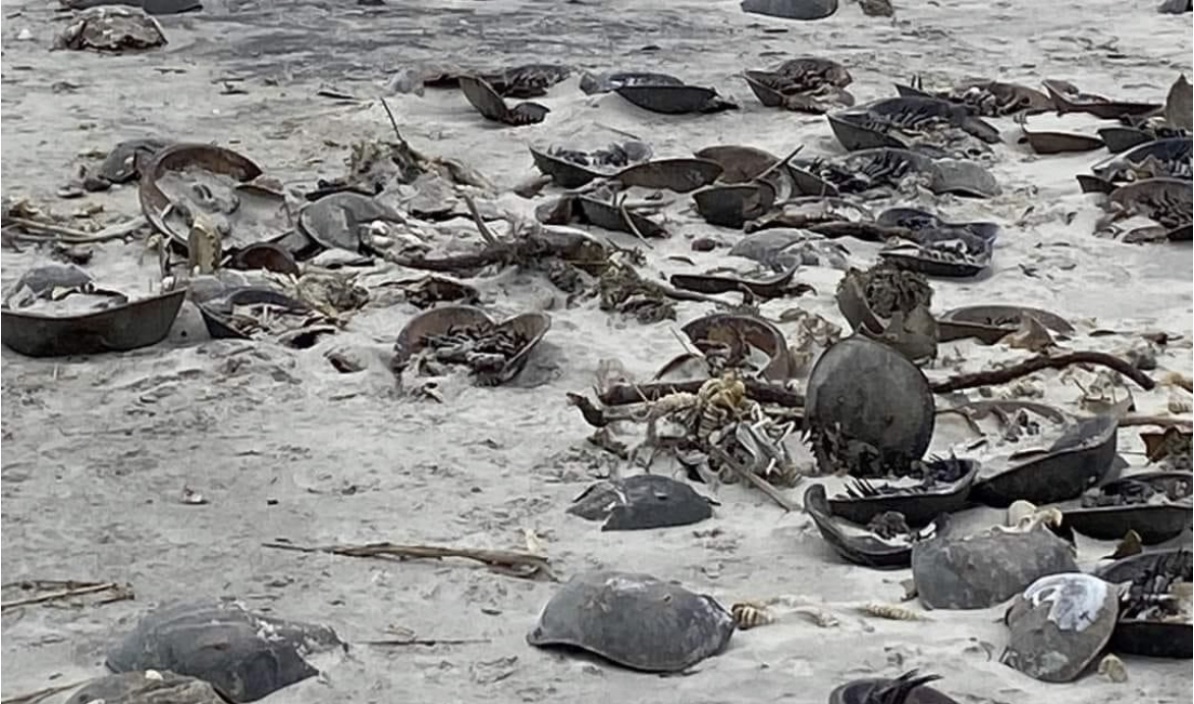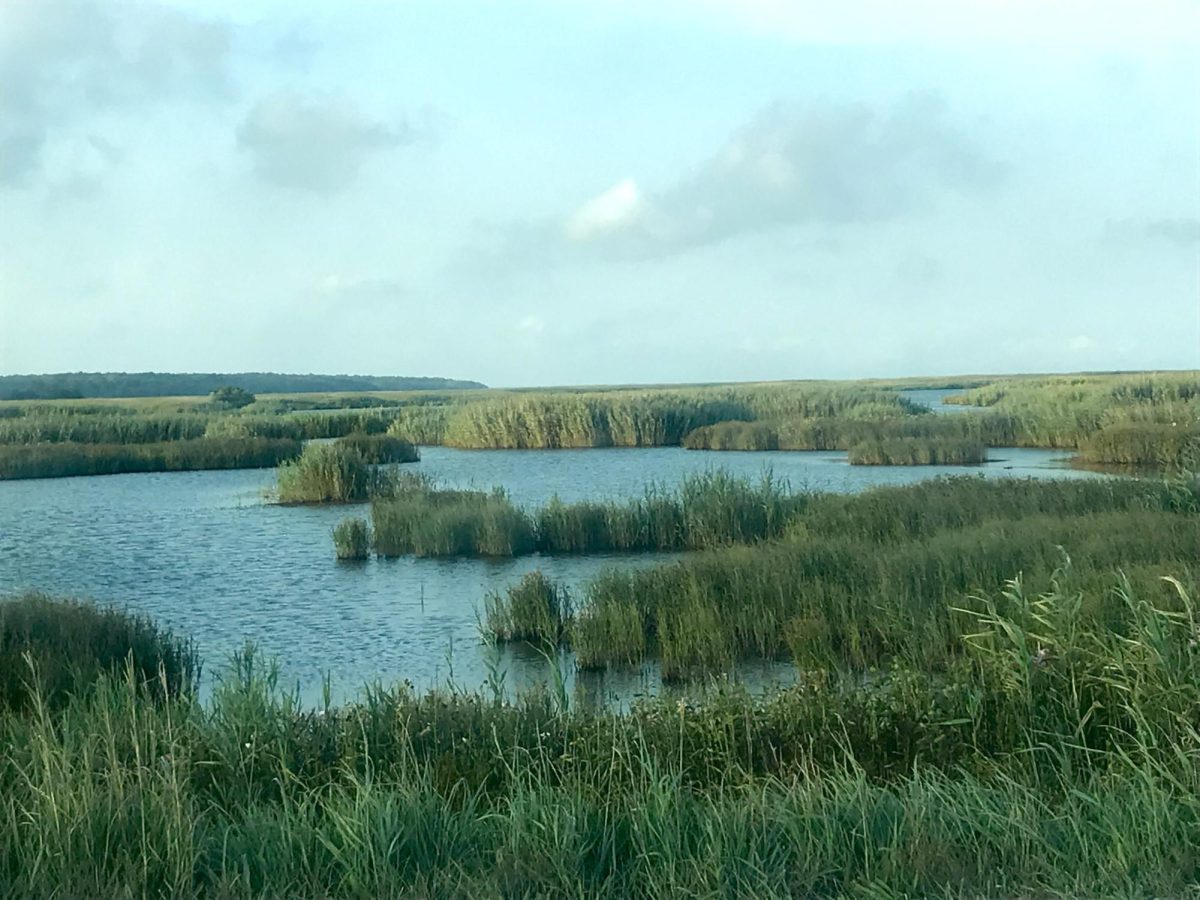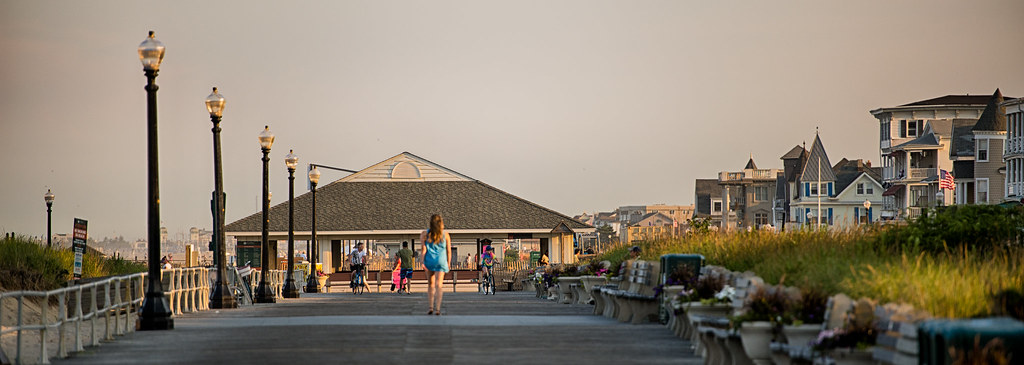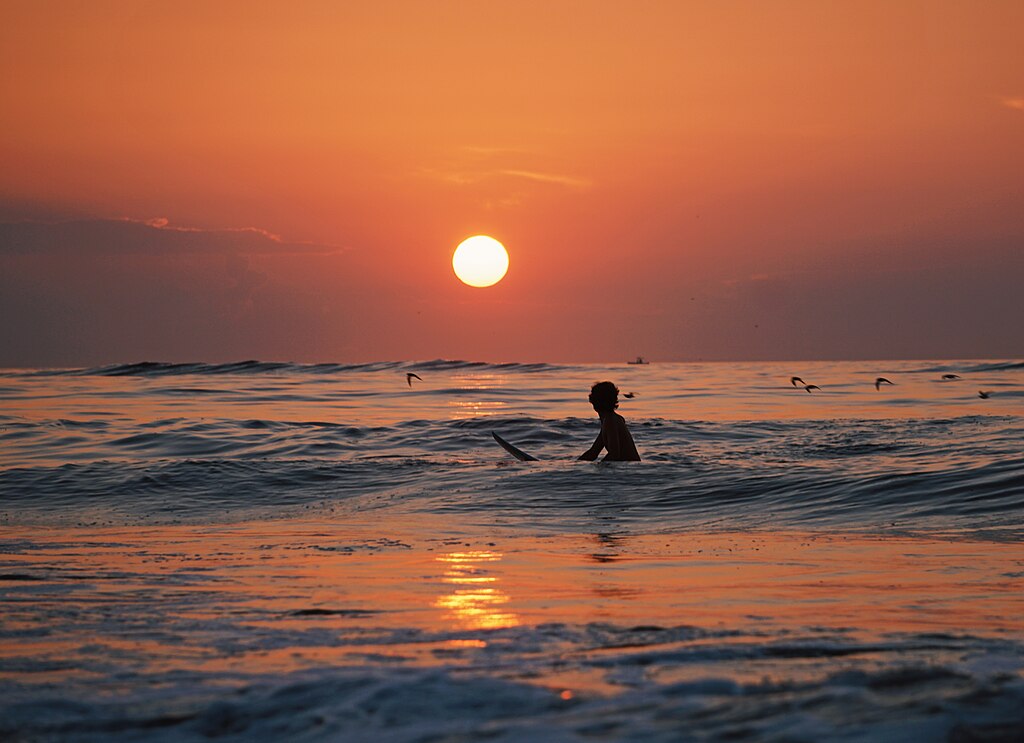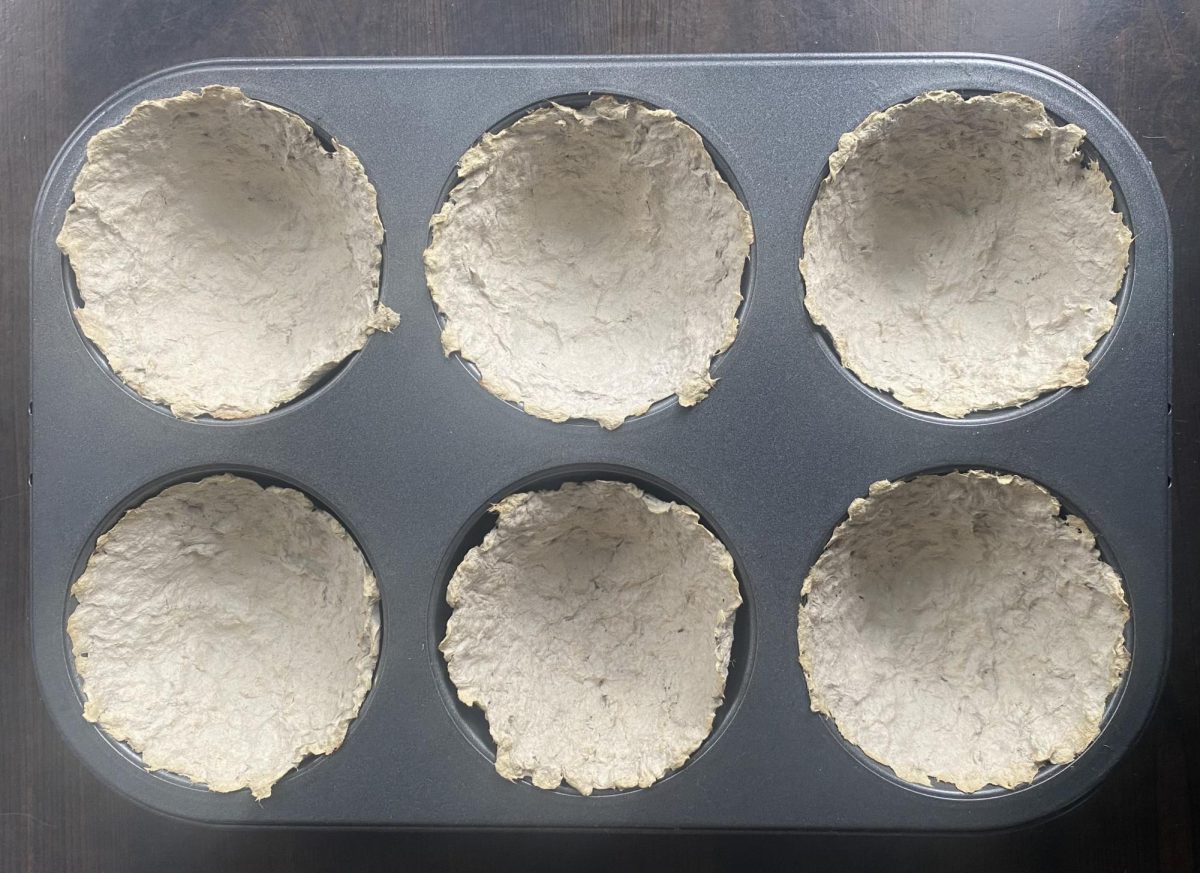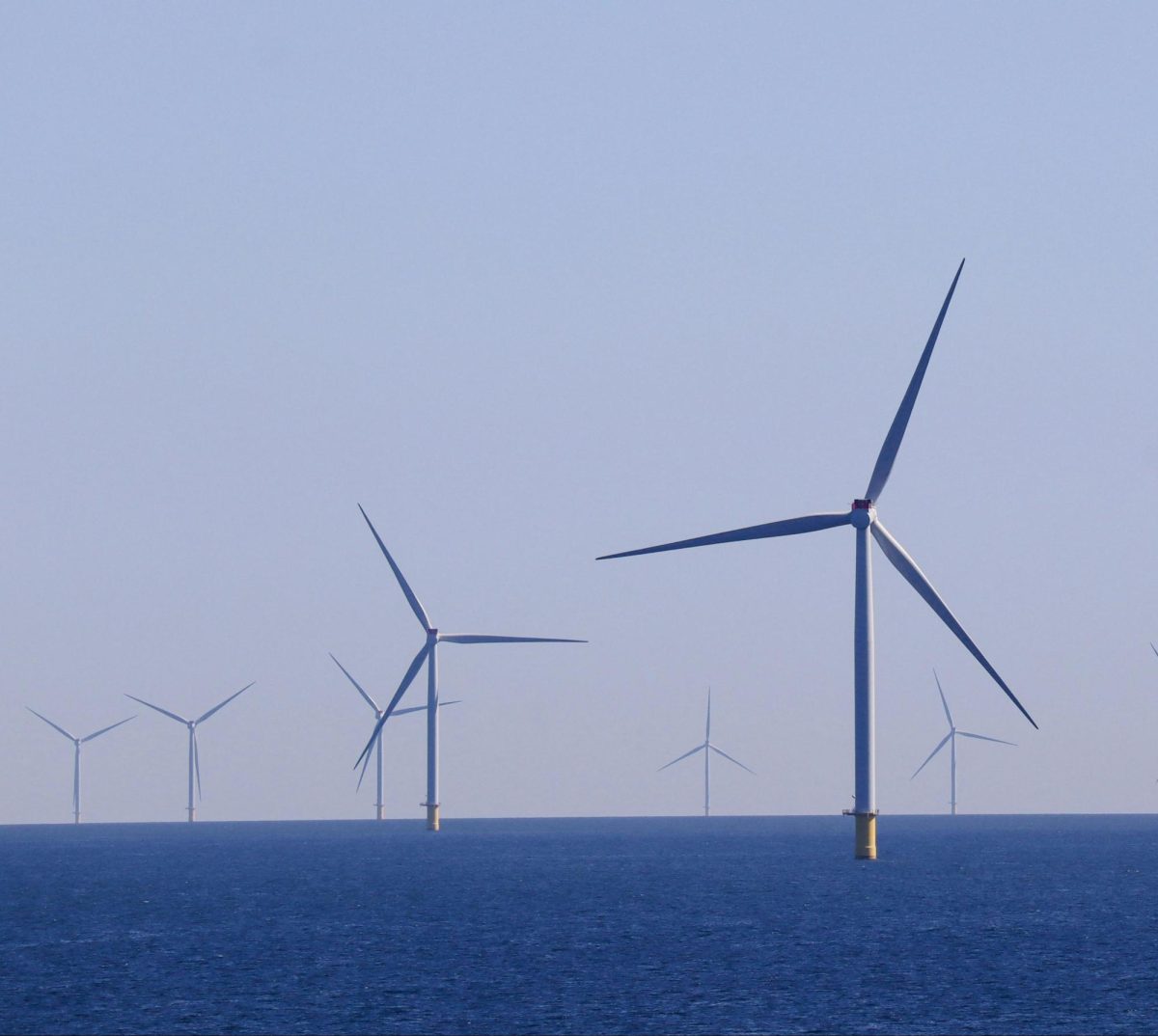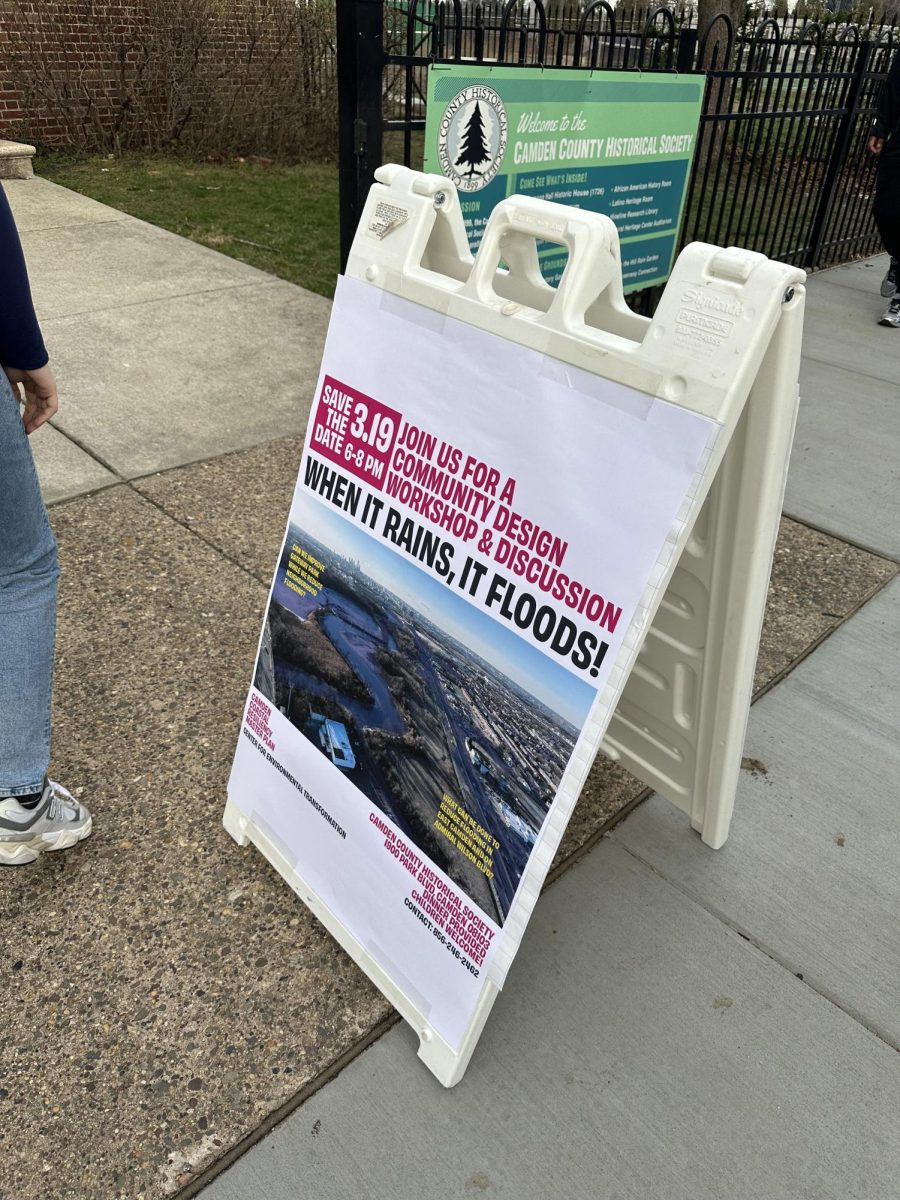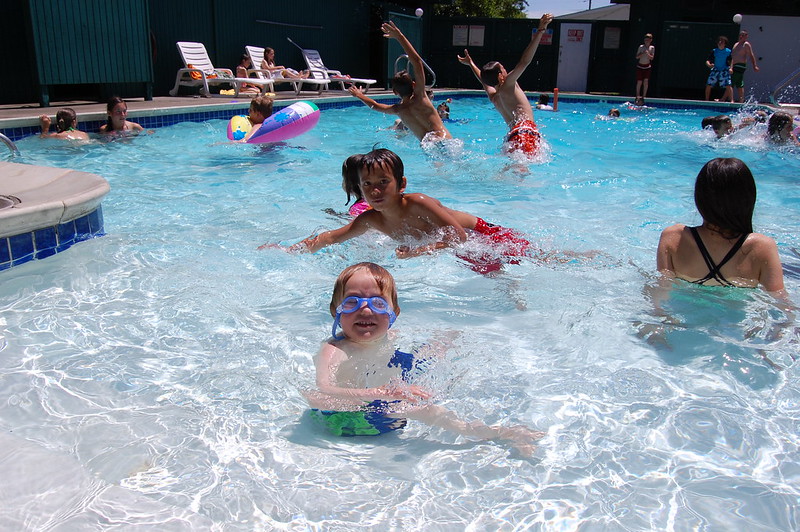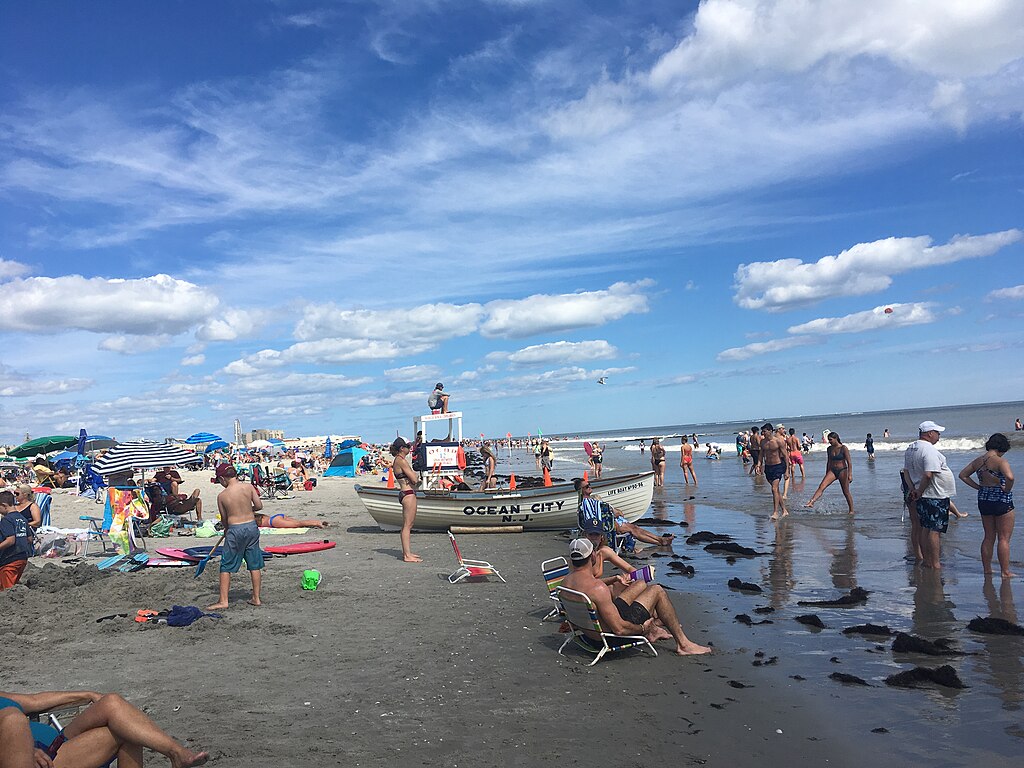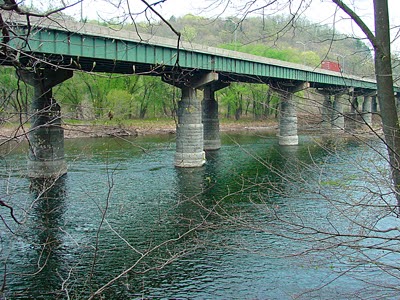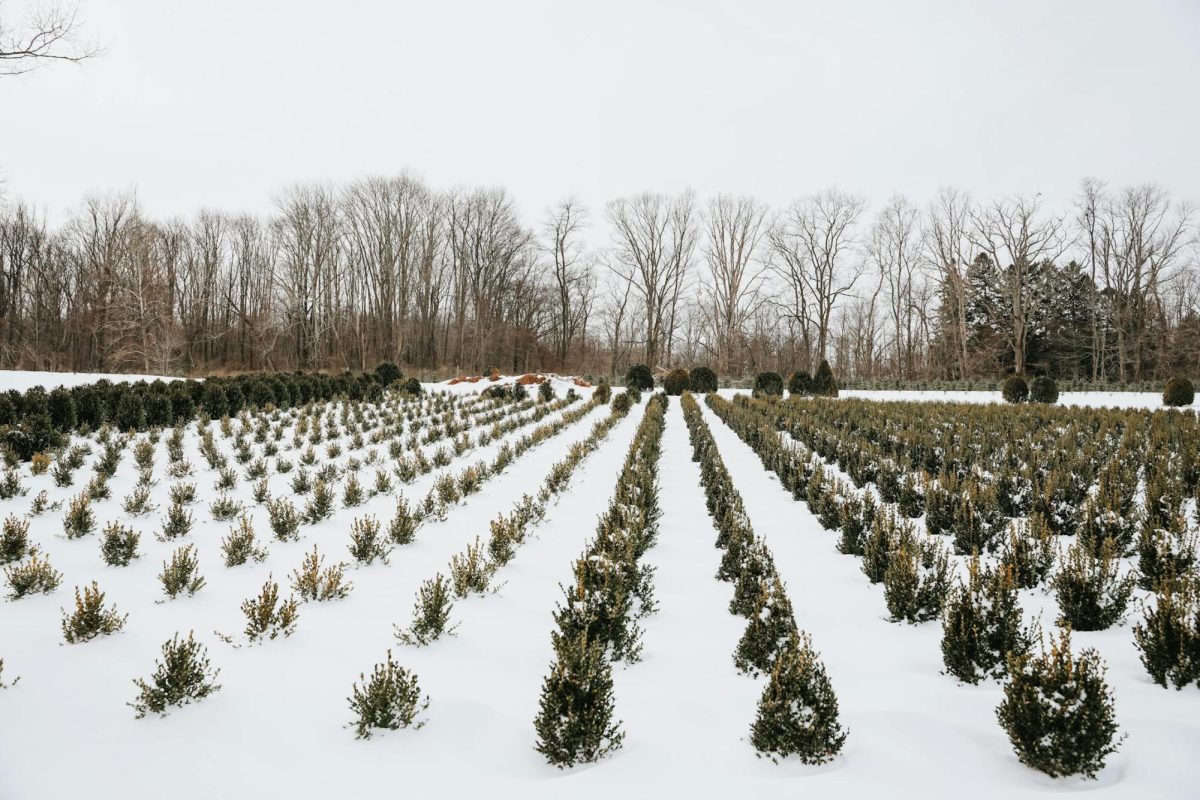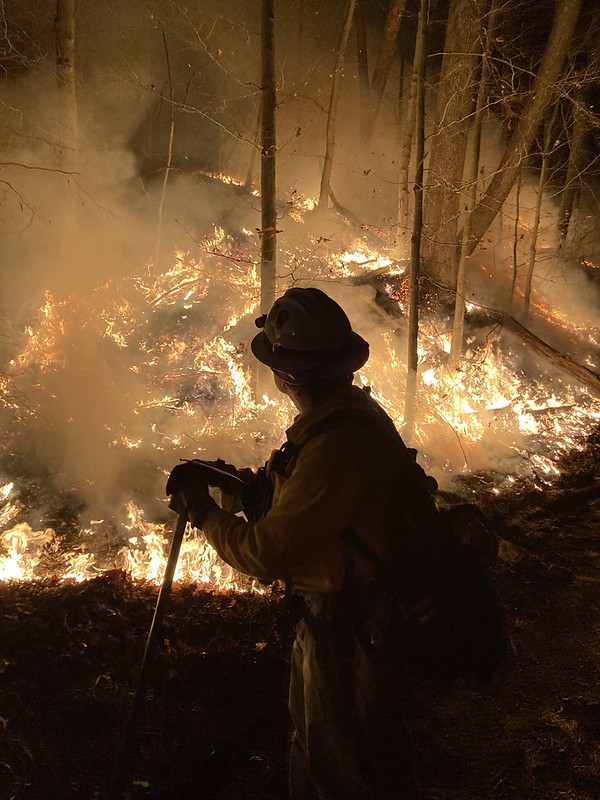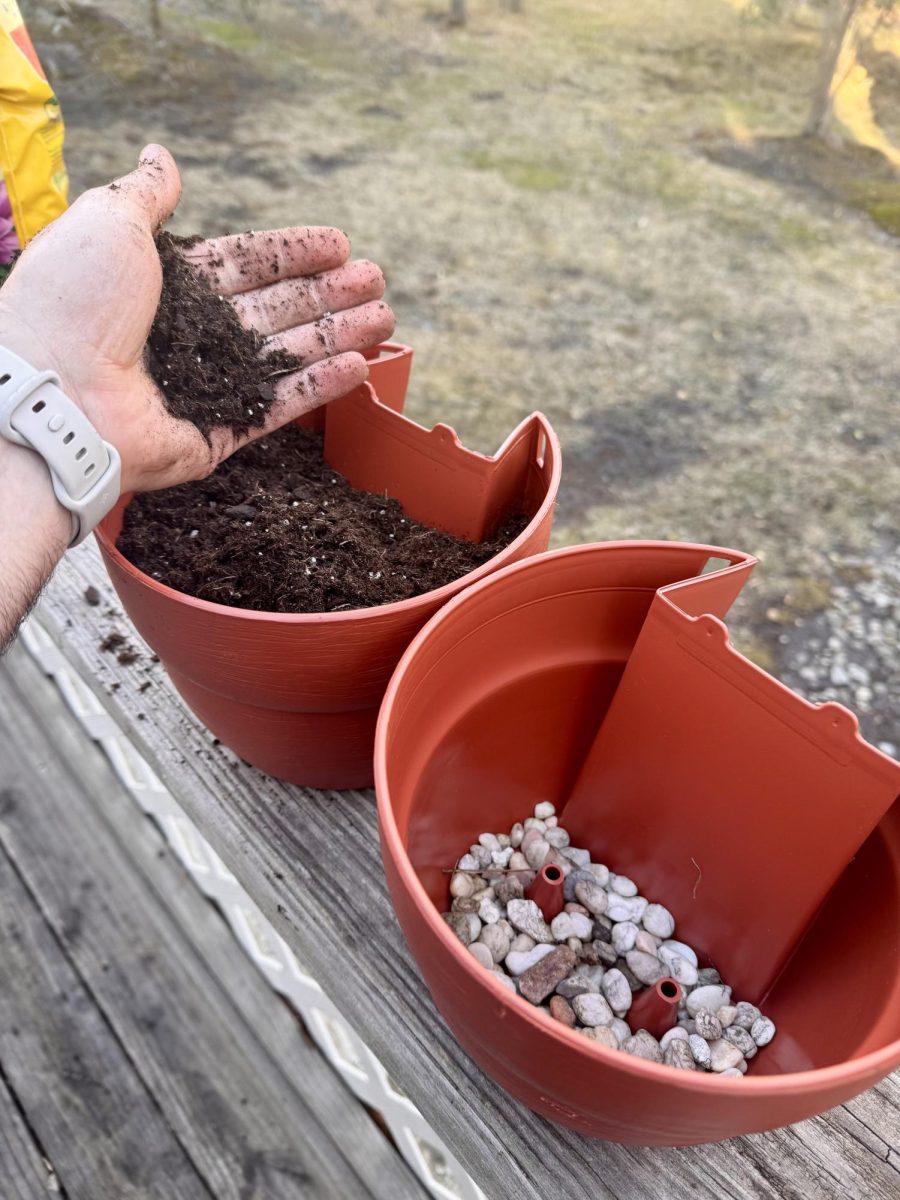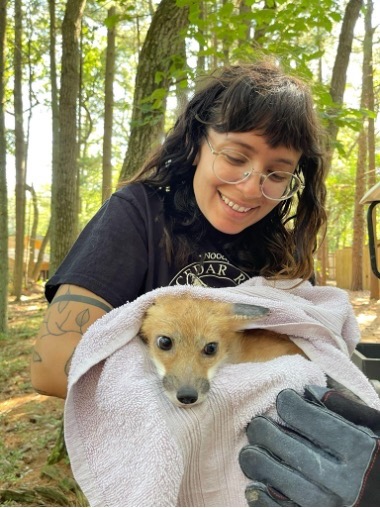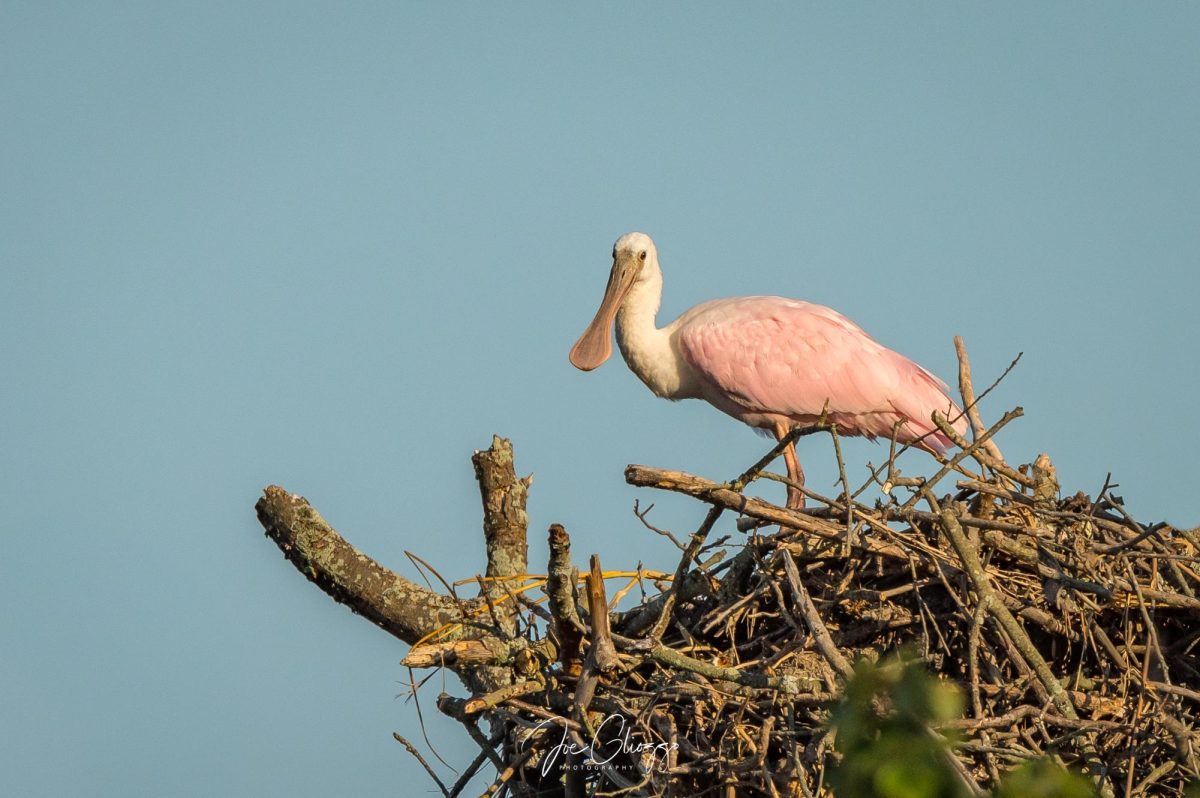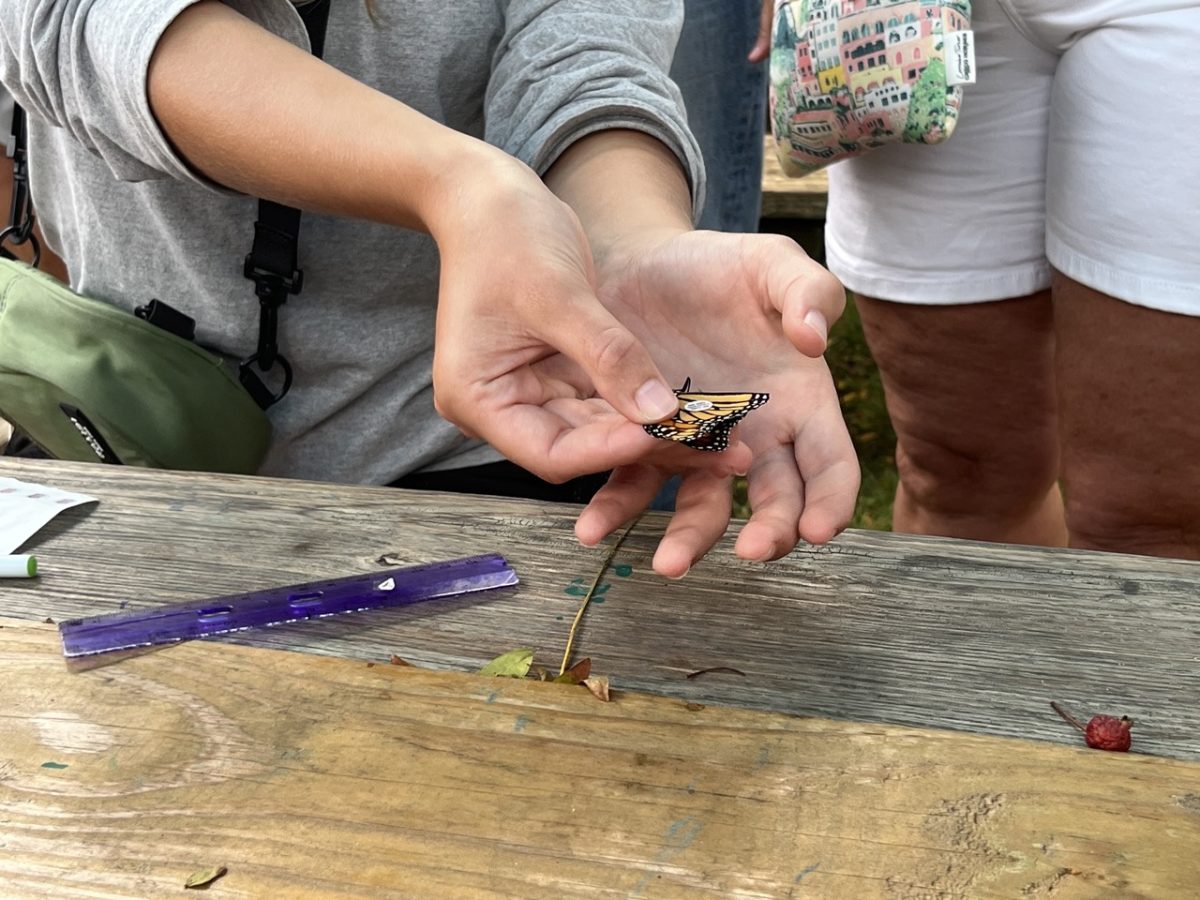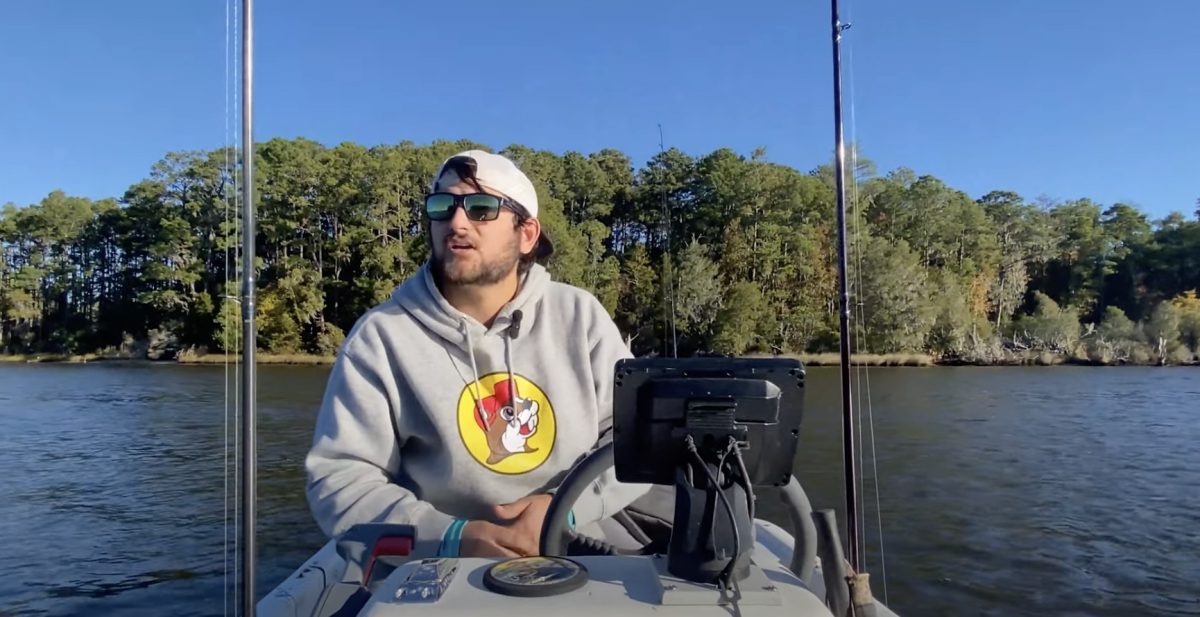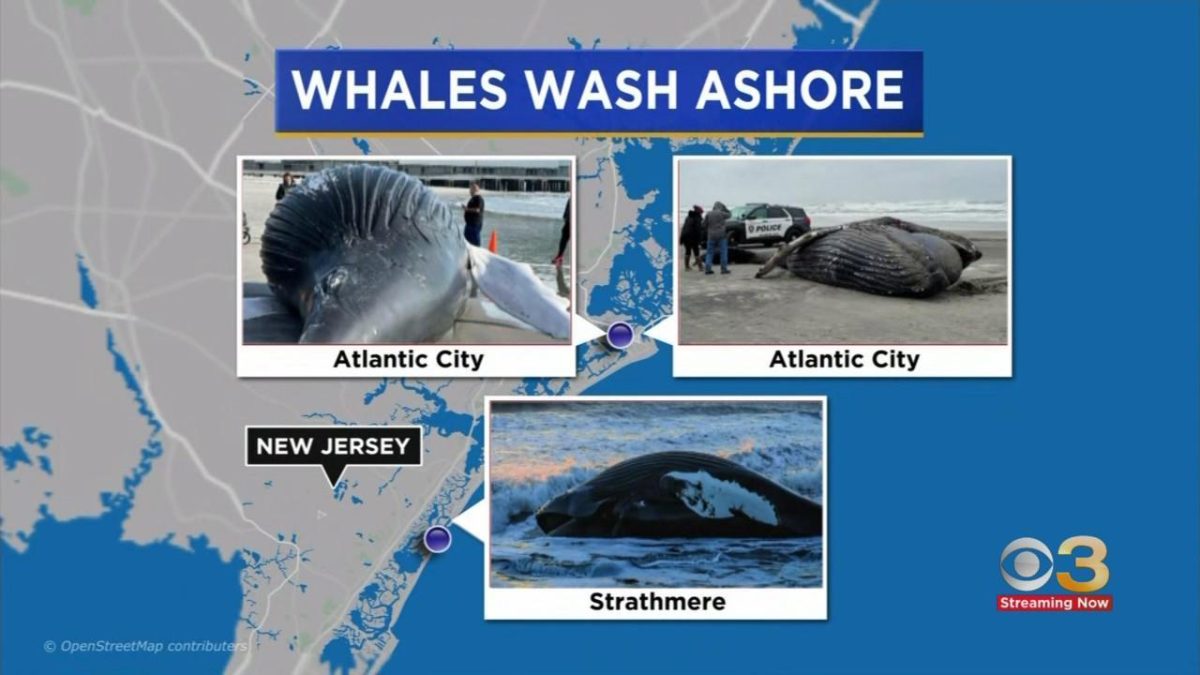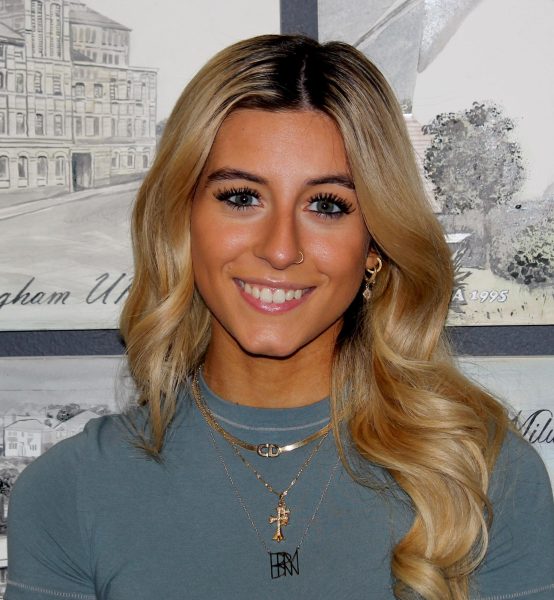Every winter, scores of horseshoe crabs are beached on the Jersey shoreline. Crab carcasses can be found scattered from the surf to the dunes and can be a worrisome sight for both residents and visitors.
After a stranding event in January, residents shared photos and left more than 300 comments about the crabs on an Ocean City Facebook Group.
Some assumed that the heavy wind storms were pushing the crabs up to shore. Others thought beach erosion and the subsequent dredging might force them to the shallow shoreline. Some thought the cold water temperatures might be responsible for the crabs becoming disoriented and stranding themselves. One resident, who said he had lived in Ocean City his whole life, observed that crabs mostly wash up “after storms or during mating season.”
Toni Rose Tablante, who has a degree in marine science from Rutgers and works for the conservation group American Littoral Society, said such stranding events are common – and is a great opportunity to learn more about these prehistoric creatures.
Horseshoe crabs tend to move closer to shore in the winter months.
“According to NOAA’s Northeast Fisheries Science Center, in the fall, horseshoe crabs seem to move a bit more nearshore where there is warmer water,” said Tablante. “During a storm event, the high winds and strong wave energies can push the horseshoe crabs to shore.”
While there isn’t much residents can do about Mother Nature, it is important to note that upon immediate beaching, many crabs are not dead.
If people do find live crabs on their backs, they can flip them over, Tablante said, and they will usually return to the water at high tide.
“Among the ones that were alive, there was also evidence of molting, a process of shedding their old shells in order to grow,” said Tablante.
There are four species of horseshoe crab. Southeast Asia is home to three of them. Limulus polyphemus, also know as the American horseshoe crab, live along the east coast of North America, with a large number of them migrating to the Delaware Bay to mate each year. This is the species of crab that makes New Jersey waters their home.
These crabs play a significant role in coastal ecosystems locally and across the globe.
According to the Natural History Museum, their eggs provide a crucial food source for migratory shorebirds during their long journeys, especially in the Delaware Bay area. These birds depend on the energy-rich eggs to fuel their migrations. Many birds would go hungry without the horseshoe crab eggs on the sand, causing these species to decrease in population size or die off entirely.
“The Delaware Bay is the epicenter for the largest population of spawning Atlantic horseshoe crabs in the world due to the coarseness of the sand on the beaches and accessibility to their preferred shoals and coves,” said Tablante.
Given their importance, some environmental groups recently petitioned to have horseshoe crabs added to the endangered species list.
Another concern, given climate change, is that storms are becoming more frequent and more common, meaning that more crabs may be beached more often.

